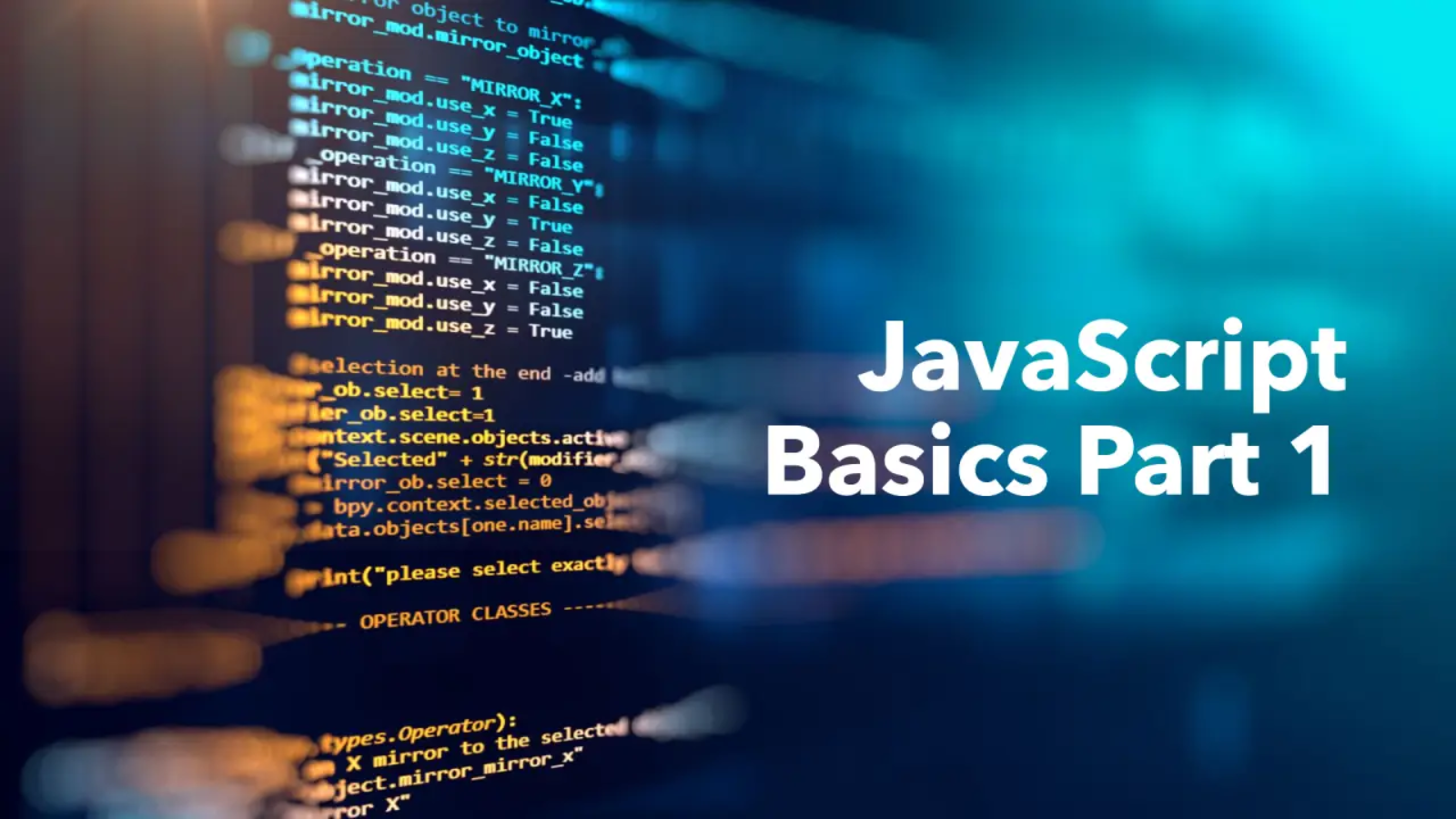Are you looking to dive into the world of programming or seeking to expand your skill set? JavaScript, the language of the web, is an essential tool for any aspiring developer. In this article, we’ll explore the fundamentals of JavaScript, providing clear explanations and practical examples to help you grasp its concepts quickly and effectively.
Introduction to JavaScript:
JavaScript is a high-level, interpreted programming language primarily used for building dynamic and interactive web pages. It allows developers to add behavior to web pages, making them more engaging and responsive to user actions.
Basic Concepts:
1. Variables and Data Types:
In JavaScript, variables are used to store data values. They can be declared using the var, let, or const keywords. JavaScript supports various data types, including:
– Numbers: Integer or floating-point numbers.
– Strings: Textual data enclosed in single or double quotes.
– Booleans: Represents true or false values.
– Arrays: Ordered collections of values.
– Objects: Collections of key-value pairs.
– Null: Represents the intentional absence of any value.
– Undefined: Denotes a variable that has been declared but not assigned a value.
Example of variable declaration and data types
let num = 10;
let message = "Hello, world!";
let isTrue = true;
let fruits = ["apple", "banana", "orange"];
let person = { name: "John", age: 30 };
let nothing = null;
let undefinedVar;2. Operators:
JavaScript supports various operators for performing operations on variables and values, including arithmetic, assignment, comparison, logical, and more.
// Example of arithmetic and comparison operators
let x = 5;
let y = 3;
let sum = x + y; // Addition
let difference = x - y; // Subtraction
let product = x * y; // Multiplication
let quotient = x / y; // Division
let remainder = x % y; // Modulus
let isEqual = x === y; // Strict equality comparison
let isGreater = x > y; // Greater than comparison
let isLessOrEqual = x <= y; // Less than or equal to comparison3. Control Flow Statements:
Control flow statements allow developers to control the flow of execution in their programs using conditional statements (`if`, else if, else) and loops (`for`, while, do-while).
// Example of if-else statement
let age = 20;
if (age >= 18) {
console.log("You are an adult.");
} else {
console.log("You are a minor.");
}
// Example of for loop
for (let i = 0; i < 5; i++) {
console.log(i);
}4. Functions:
Functions are reusable blocks of code that perform a specific task. They help in organizing code and promoting code reusability.
// Example of a function
function greet(name) {
console.log("Hello, " + name + "!");
}
greet("John"); // Output: Hello, John!5. Objects and Classes:
JavaScript is an object-oriented language, and objects are one of its fundamental data types. Objects consist of properties and methods.
// Example of creating and using objects
let person = {
name: "John",
age: 30,
greet: function() {
console.log("Hello, my name is " + this.name + ".");
}
};
person.greet(); // Output: Hello, my name is John.Conclusion:
In this article, we’ve covered the basics of JavaScript, including variables, data types, operators, control flow statements, functions, objects, and classes. These concepts serve as the foundation for building more complex applications and mastering JavaScript development.
By understanding these fundamentals and practicing with examples, you’ll be well-equipped to tackle more advanced topics and become proficient in JavaScript programming. So, roll up your sleeves, start coding, and unleash the power of JavaScript in your web development projects!
Stay tuned for more enriching content like this, covering not only JavaScript fundamentals but also exploring various JavaScript frameworks and libraries to empower your web development journey!
Follow Us!!
Follow us for more insightful content like this on JavaScript fundamentals and advanced topics! Let’s embark on a journey to master web development together. Connect with us on LinkedIn to stay updated on the latest tips, tutorials, and practical examples to enhance your JavaScript skills and excel in your programming journey. Let’s code, learn, and grow together!



Great Insights